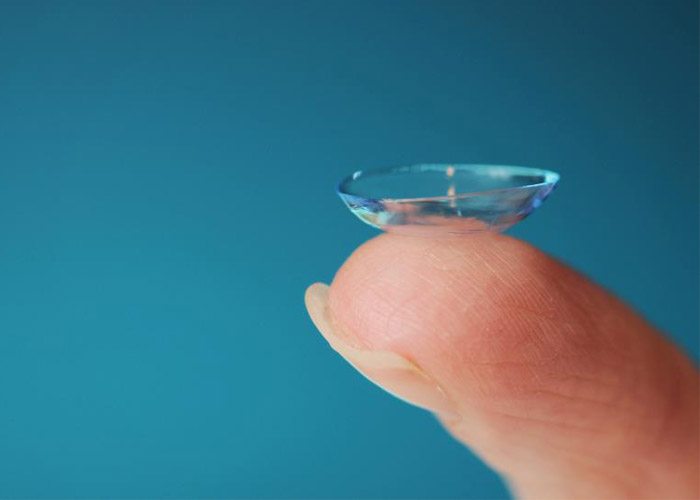An Overview of Contact Lenses

Different methods exist to correct vision, including glasses, contact lenses and refractive surgery. Contact lenses are becoming increasingly more prevalent for vision correction for all age groups. With the usage of contact lenses, important concerns exist regarding their use and maintenance.
A contact lens is a lens that is placed on the eye in order to correct vision. They are able to correct vision for near, distance or even both simultaneously. There has been a surge of interest in the presbyopic population towards multifocal contact lenses that correct for distance and near.
There are two main types of lenses: soft and hard. Soft lenses are more commonly used, but hard lenses are considered a comparable alternative. The four main providers of soft lenses are Alcon, Bausch and Lomb, CooperVision and Johnson & Johnson. Soft lenses vary in their frequency of replacement, plays a role in the maintenance and care of lenses. Lenses may be daily disposables, implying wear for just one day before disposal. These cannot be kept in solution overnight to be worn again afterwards. There are also lenses that are designated for bi-weekly or monthly wear. Bi-weekly lenses cannot be worn beyond two weeks of first opening, or using, the lenses. Similarly, monthly lenses indicate replacement of lenses after one month of the first wear.
The FDA provides guidelines as to how often lenses need to be replaced, and also specify lenses for overnight wear. Overnight wear of lenses that are not indicated for such use result in an increased risk of infections, some of which can be quite serious. It is critical to follow these guidelines set by the FDA, as improper use of contact lenses increases the risk of contact lens related problems, infections in particular.
Soft contact lenses require regular cleaning and maintenance with a multi-purpose solution (MPS), which should be replaced every 3 months. After every wear (for bi-weekly and monthly lenses) a cleaning is required to ensure bacteria and other debris are cleaned off the lenses. It is important to use a MPS, and not tap water or any other product, as those can ruin the lens and expose the wearer to bacteria. A very important step to ensure proper cleaning is to gently rub the lens. Lenses should be stored in a clean case containing fresh MPS after every wear. Additionally, cases must be cleaned with the MPS and replaced every month.
On the other hand, hard contact lenses differ as they do not require replacement for at least 1 year, and use a MPS that is designed for them. The materials hard lenses are made of result in easier cleaning and maintenance. Not as much debris and bacteria stick to the lens, offering a lower infection rate. Furthermore, there are those of the opinion that they are easier to handle, as the material is not so delicate.
For More information, please contact us or visit our office at Millwoods in Edmonton

